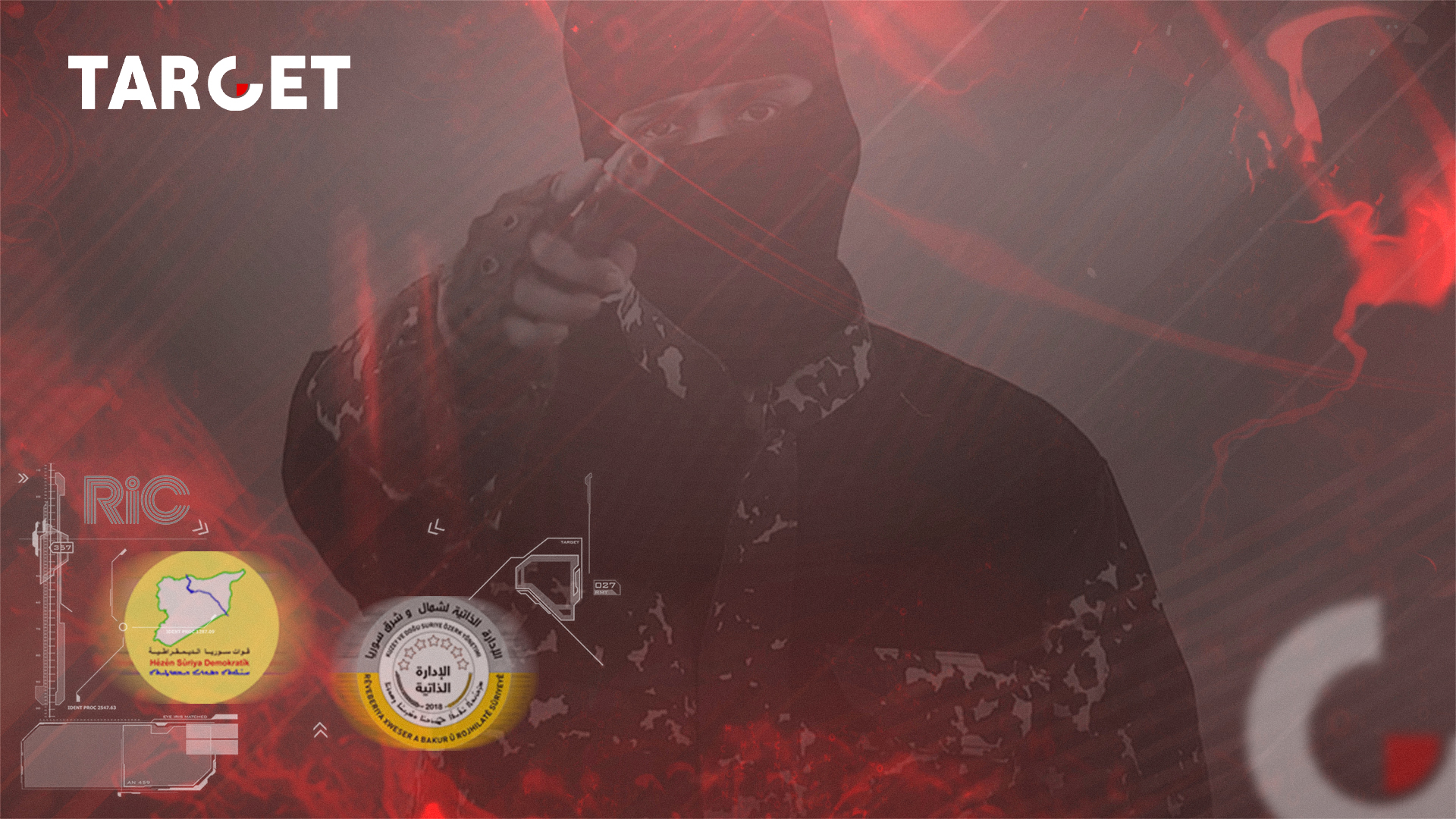The Rojava Information Center (RIC) released the April ISIS sleeper cell report. The report, stating that coalition attacks against ISIS leadership continue in Turkish occupied regions, includes the attacks carried out by ISIS cells in Syria in April. One of the highlights of RIC’s research is that the sleeper cell attacks in April focused largely on military targets, including the Asayish (police force) and security forces, in the Autonomous Administration regions, causing a considerably larger number of military casualties than civilian casualties.
According to the data in the report, 20 confirmed sleeper cell attacks were carried out in April. In the attacks, 10 military personnel were killed, 17 were injured and 3 civilians were wounded. At least five ISIS members were killed and 19 were arrested in the raids and attacks carried out by the security forces. Last month, it was announced by US officials that ISIS leader Ibrahim Sheikh Musa was killed in a coalition raid in Turkish-occupied territory. Recently, Turkish officials claimed that the leader of ISIS, al-Qurayshi, had been killed. However, the United States did not back the claim of Türkiye. RIC also notes it found no evidence to confirm the ISIS leader’s death or the alleged Turkish intelligence raid in Jinderes.
In an effort to resurge, ISIS has also increased its efforts to tax oil in the Deir ez-Zor region since February, by blocking oil trucks and contractors with gunmen and forcing them to pay zakat (tax). In response, the SDF carried out several raids. The report also states that at least 15 ISIS members were arrested in a series of SDF and Coalition raids, including ISIS commander Hudayfah al-Yemeni. In the raid on a farm of ISIS leader Abu Bakr al-Baghdadi in Raqqa, barrels of gold, weapons and explosives were found in hidden rooms.
According to the report, the pressure on the Autonomous Administration stems from the intensifying attacks in central Syria. In conclusion, the RIC notes that ISIS launched deadly attacks in government-held Deir ez-Zor in April, with higher intensity and frequency than in the SDF-controlled area.

